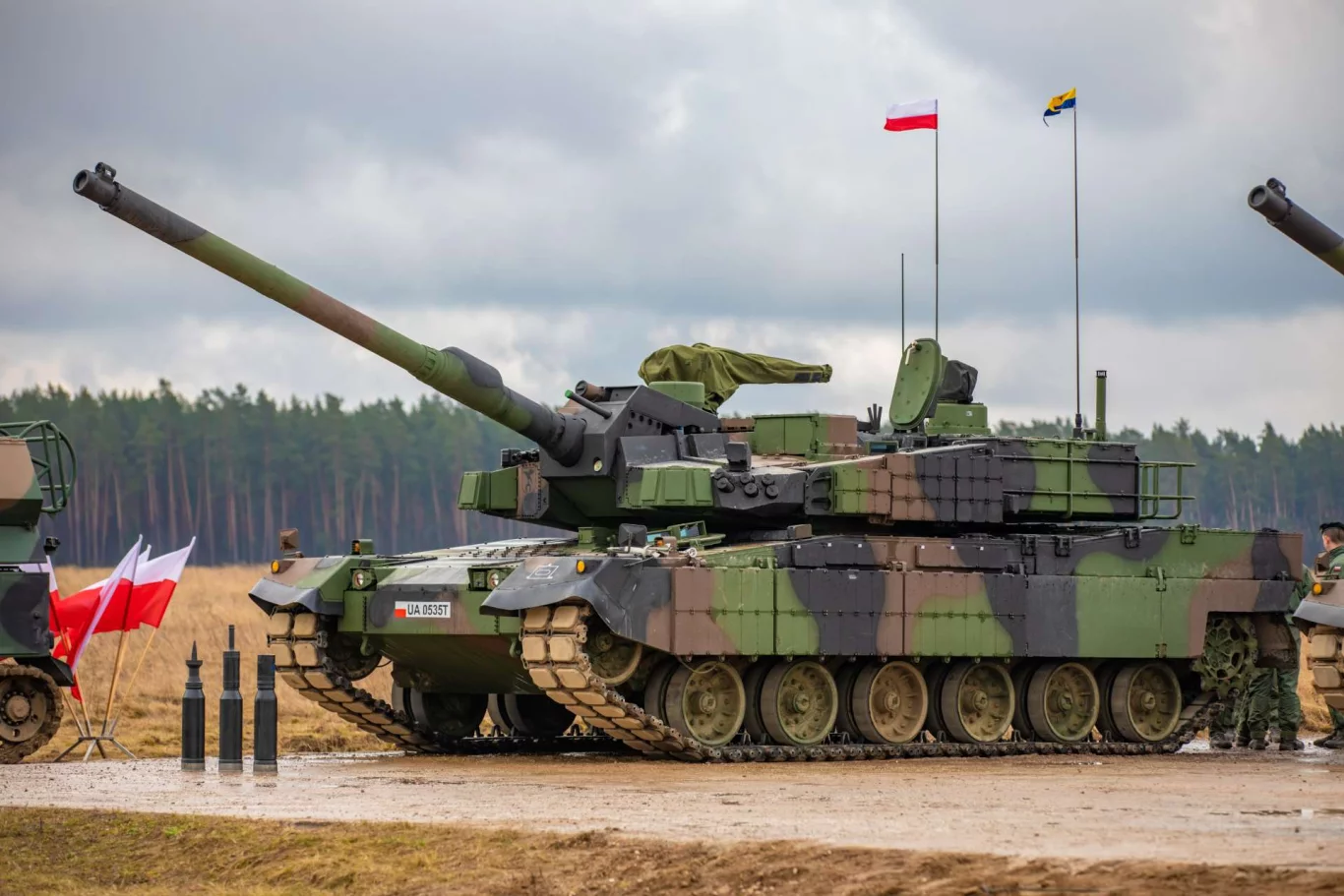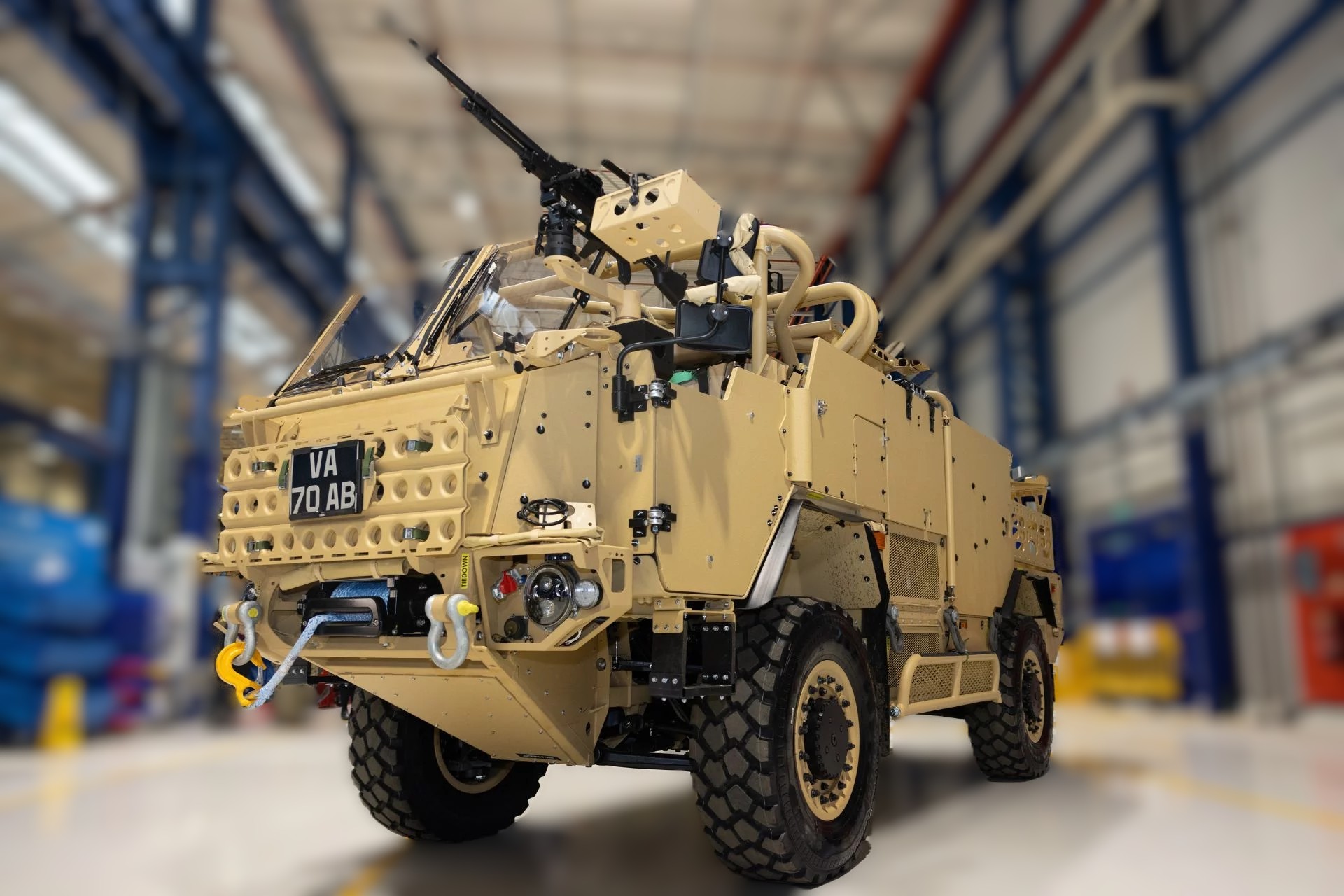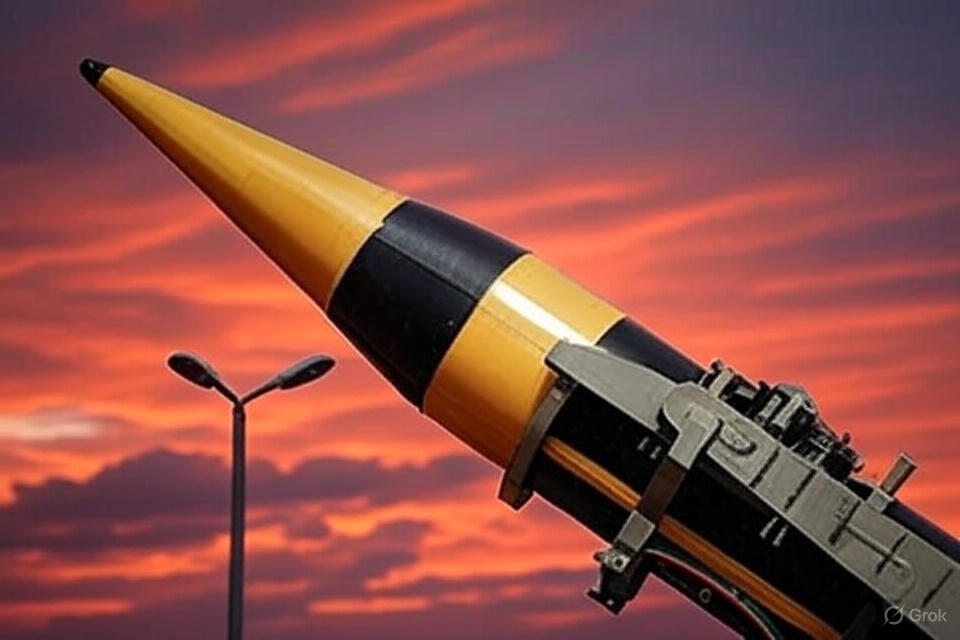The landscape of modern warfare is continuously evolving, demanding increasingly sophisticated and adaptable defense systems. In this dynamic environment, nations are striving not only to acquire cutting-edge military hardware but also to cultivate indigenous capabilities for its production and further development. Poland, a nation with a keen strategic focus on bolstering its defense, is making significant strides in this direction, particularly with its ambitious plans for the K2PL main battle tank. This initiative goes far beyond a simple acquisition; it represents a comprehensive program encompassing technology transfer, localized manufacturing, and the potential for a new era of armored autonomy.
At the heart of Poland’s armored aspirations lies the K2PL, a variant of the formidable South Korean K2 Black Panther tank. The decision to select the K2 as the foundation for its next-generation main battle tank underscores Poland’s commitment to acquiring a platform that boasts advanced capabilities, including superior firepower, enhanced protection, and sophisticated digital systems. However, the true significance of this program lies not just in the tank itself, but in the meticulously planned technology transfer agreement. This crucial component will enable Polish defense industries to not only assemble the K2PL but also to manufacture key components, perform maintenance, and eventually, contribute to its future upgrades and modifications.
The concept of technology transfer is a cornerstone of this program’s long-term vision. Rather than being a mere consumer of foreign military equipment, Poland aims to become a producer and innovator. This involves a multi-faceted approach:
- Knowledge Transfer: South Korean engineers and technicians will work closely with their Polish counterparts, sharing expertise in design, manufacturing processes, quality control, and system integration. This invaluable exchange of knowledge will empower the Polish defense industry to understand the intricacies of modern tank production.
- Component Localization: A phased approach to manufacturing key K2PL components within Poland is envisaged. This will gradually reduce reliance on foreign suppliers, enhance supply chain security, and create a robust ecosystem of domestic defense contractors. Components such as armor plating, fire control systems, and even propulsion elements could eventually be produced locally.
- Research and Development Collaboration: The long-term goal extends to joint research and development initiatives. This could lead to the creation of unique Polish modifications and upgrades for the K2PL, tailoring the tank to specific operational requirements and integrating it seamlessly with existing Polish defense infrastructure.
The implications of this localized production capability are profound. Economically, it promises to generate significant employment opportunities, stimulate growth in the defense sector, and foster a highly skilled workforce. For a nation like Poland, investing in its industrial base is not just about economic prosperity, but also about strategic independence. The ability to produce and maintain its own advanced armored vehicles reduces dependence on external powers, offering greater flexibility and resilience in times of crisis.
Beyond the K2PL, Poland’s vision extends to exploring the realm of armored autonomy. The integration of advanced robotics, artificial intelligence, and sophisticated sensor arrays into armored platforms is the next frontier in military technology. While the initial focus of the K2PL program is on manned operations, the technology transfer agreement and the development of local expertise could serve as a springboard for future unmanned or optionally manned variants. Imagine K2PL tanks operating in conjunction with robotic reconnaissance vehicles, or even semi-autonomous platforms capable of performing dangerous missions with reduced risk to human life. This is the ultimate aspiration of armored autonomy, and Poland’s current initiatives are laying the groundwork for such future possibilities.
The strategic advantages of pursuing armored autonomy are manifold. Autonomous systems can operate in environments deemed too hazardous for human crews, providing enhanced situational awareness and extending the reach of military operations. They can also perform repetitive or mundane tasks with greater efficiency and precision, freeing up human personnel for more complex decision-making and tactical maneuvers. Furthermore, the integration of AI can lead to faster target acquisition, improved battlefield analytics, and more effective command and control.
However, the path to full armored autonomy is not without its challenges. Ethical considerations surrounding the use of lethal autonomous weapons systems, the development of robust cybersecurity measures to prevent hacking, and the intricate technical complexities of integrating diverse technologies all require careful consideration. Poland’s phased approach, starting with the K2PL and its extensive technology transfer, provides a pragmatic framework for addressing these challenges incrementally. By building a strong foundation in conventional armored vehicle production and expertise, Poland is positioning itself to effectively explore and integrate autonomous capabilities into its future defense architecture.
In conclusion, Poland’s ambitious program for the K2PL tank is more than just a procurement deal; it is a strategic investment in national security, industrial growth, and technological advancement. By prioritizing technology transfer and fostering local production capabilities, Poland is not only acquiring a state-of-the-art main battle tank but also laying the groundwork for true armored autonomy. This forward-looking approach positions Poland as a key player in the evolving landscape of modern defense, ready to face the challenges of the 21st century with an increasingly self-reliant and technologically advanced military.




